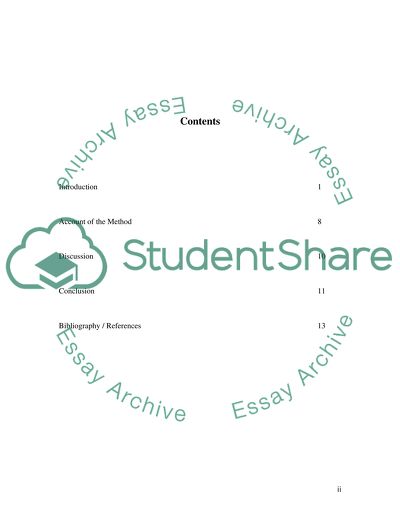Cite this document
(“Japanese Multinationals and the Management of Human Resources in Essay”, n.d.)
Retrieved from https://studentshare.org/human-resources/1393327-japanese-multinationals-and-the-management-of-human-resources-in-united-kingdom-subsidiaries
Retrieved from https://studentshare.org/human-resources/1393327-japanese-multinationals-and-the-management-of-human-resources-in-united-kingdom-subsidiaries
(Japanese Multinationals and the Management of Human Resources in Essay)
https://studentshare.org/human-resources/1393327-japanese-multinationals-and-the-management-of-human-resources-in-united-kingdom-subsidiaries.
https://studentshare.org/human-resources/1393327-japanese-multinationals-and-the-management-of-human-resources-in-united-kingdom-subsidiaries.
“Japanese Multinationals and the Management of Human Resources in Essay”, n.d. https://studentshare.org/human-resources/1393327-japanese-multinationals-and-the-management-of-human-resources-in-united-kingdom-subsidiaries.


